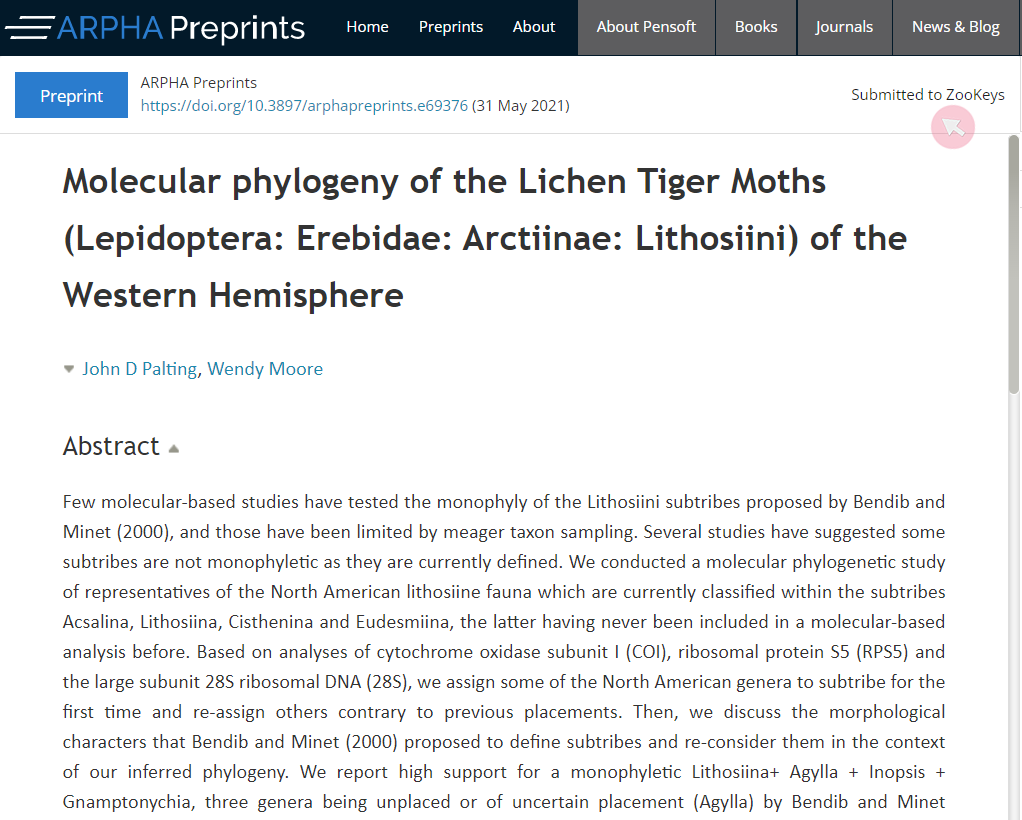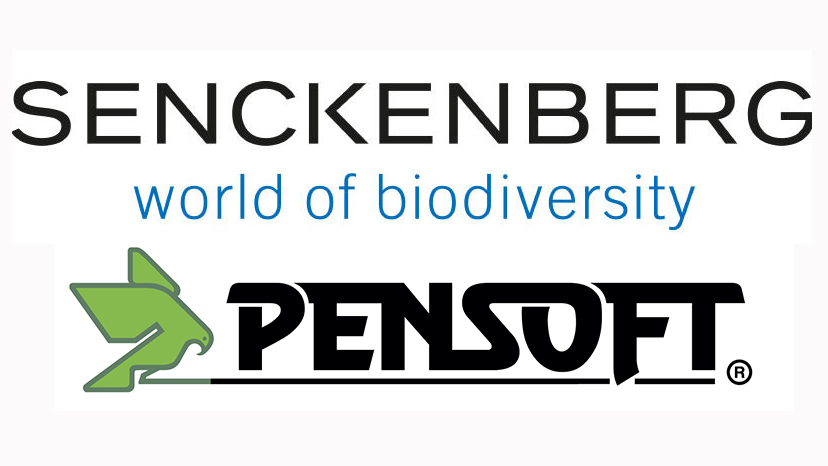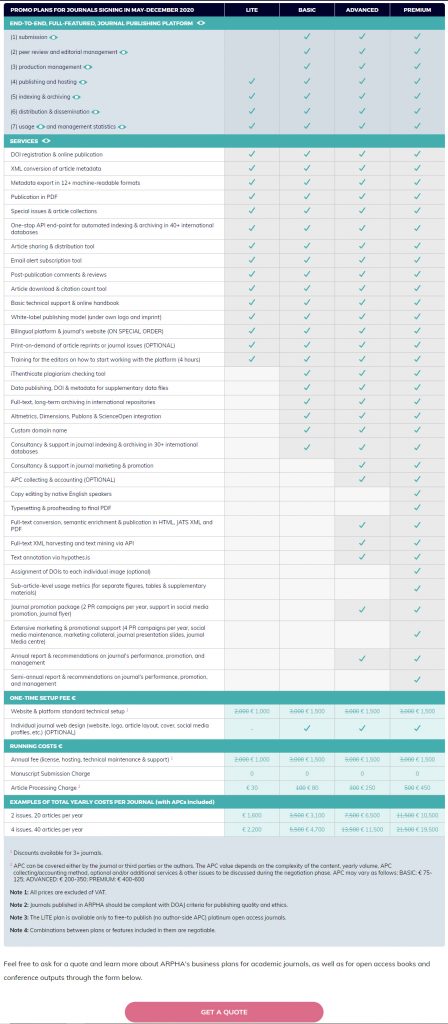Having long considered how to help authors at our client journals get their work out in the open as early as possible, and prompted by the current research ecosystem, we came up with a new landmark feature, the ARPHA Preprints, where the preparation and posting of a preprint would be as much of a hassle as ticking a couple of check-boxes. Posting a preprint is an optional service for both journals and authors.
ARPHA Preprints in short
ARPHA Preprints is a new platform designed by ARPHA and Pensoft to host pre-review manuscripts submitted to participating ARPHA-hosted journals. The key here is that it only takes a few clicks for the author to submit a preprint, and no more than a few days before the preprint becomes accessible on ARPHA Preprints, thus open to feedback and contribution by fellow scientists.
Once the associated manuscript successfully completes peer review in the ARPHA-hosted journal and gets published, the preprint will be conveniently linked to the formal paper, thus facilitating and prompting citation of peer-reviewed research.
Visit ARPHA Preprints website to see the growing list of ARPHA-hosted journals integrated with ARPHA Preprints to date.

ARPHA Preprints in practice
During submission at any of the journals that have been integrated with ARPHA Preprints, an author will come to a question asking them whether they wish to post a preprint. If they check that box and agree to the terms and conditions of posting a preprint, the platform will use the files uploaded to compile a preprint in PDF format. Here, the author will be able to preview the file and either agree they are happy with how it looks, or, alternatively, replace it with their own copy. The bottom line is, the manuscript and the preprint are submitted simultaneously.
At this point, it is only one to a few days keeping the preprint away from public knowledge. This time is needed for the submission to undergo a basic screening, meant to verify that it complies with the journal’s focus and scope, and does not contain offensive language, pseudoscience, plagiarism or any other unethical content.
When posted, preprints indicate the name of the journal, where the associated manuscript has been submitted. If published in that journal, this status changes to Published, while a link and citation details to the formal publication are provided via DOI and the Citation tab, respectively. This means that whenever a reader finds information in the preprint he/she would like to cite in their own work, he/she will have easy to spot, intuitive access to the peer-reviewed paper. If the manuscript is rejected on this occasion, the preprint is disassociated from the journal to prevent potential issues with future resubmission.
Preprints are open to public as well as private comments, in order to encourage constructive feedback and contribution well before the formal publication sees the light of the day.
ARPHA Preprints extra perks
Preprints posted on ARPHA Preprints are:
- Registered with CrossRef and assigned with their own digital object identifier (DOI) to ensure scientific record and permanent availability;
- Indexed in several indexing services covering preprints to increase findability;
- Easy to track for viewership (via ARPHA Platform-provided views counting tools), and citation (via integration with Dimensions) rates;
- Promptly shared on social media to increase visibility and outreach.
***
Got further questions about ARPHA Preprints? Visit our FAQs page or email us at info@arphahub.com.
Much like an author of a preprint, we will be happy to hear some constructive feedback from you!
***
Follow ARPHA Preprints on Twitter.
***
Register with Pensoft to customise your email alerts from ARPHA Preprints and ARPHA-hosted journals by title and/or topic.








